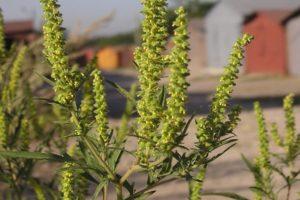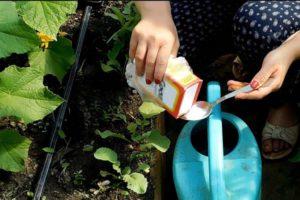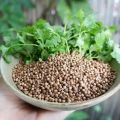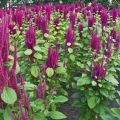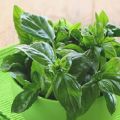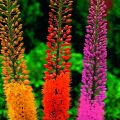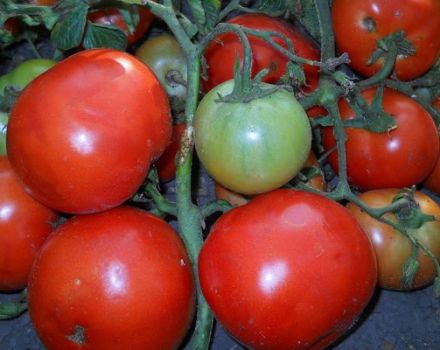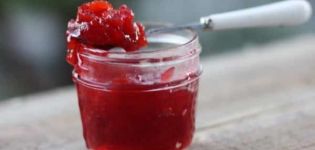Useful properties and contraindications of quinoa herb, recipes of traditional medicine
Nature has provided humanity with a large number of valuable plants that have a beneficial effect on the body. The use of quinoa, its beneficial properties and possible contraindications are taken into account in the treatment of various diseases. At the same time, the plant is widely used in cooking, especially in a vegetarian diet and for weight loss, due to the high protein content in the plant.
Short description
Garden quinoa is an erect, annual herb. The trunk is branching. The plant is up to 180 centimeters high. The foliage is distributed on the trunk alternately, different in appearance, elongated, thin, with characteristic notches, emerald hue. Below is a milky leaf plate.
Depending on the types of foliage, it is yellow, red. Has a sour taste. The flowers are green or red. Quinoa seeds are brownish or black. The plant is monoecious; female and male inflorescences are located on the bush. They are small, green or reddish in color, inflorescences are presented in the form of panicles or spikelets. Blooms throughout the summer, depending on the region of growth.
Chemical composition
The beneficial effect on the body is due to its rich composition. The swan contains:
- vitamin complex: C, P, E, PP, A, group B vitamins (B1, IN2, IN4, IN5, IN9);
- amino acids, not less than 17 types, some of which are not synthesized in the body;
- elements: iron, phosphorus, potassium, selenium, calcium, copper, zinc, sodium;
- organic acids;
- pectin;
- saponins;
- essential oils;
- protein;
- cellulose.
The composition of valuable substances and their amount varies depending on the place of growth.
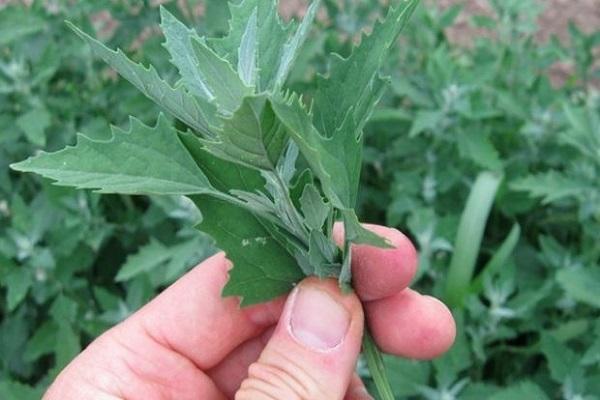
Varieties of quinoa
The following types of quinoa are distinguished:
- wild quinoa - up to 70 centimeters in height, the trunk is erect or creeping, the shoots are horizontal or directed upwards. A film plaque is visible along the entire length of the branch, the leaf plates are elongated or triangular, the shade of gray-green is sometimes reddish;
- Tatar quinoa is a plant up to a meter tall, annual, erect or lying trunk. Leaves are elongated, slightly oval, serrated, covered with villi; flowers form spikelets bordered by leaves;
- chubby quinoa - up to 60 centimeters in height, creeping stem, by the end of summer changes color from greenish to red. The leaves are triangular or oval, the flowers form small balls, the female flowers lack a perianth;
- quinoa spear-shaped - up to one meter in height, the trunk is partially bare, moderately branched, leaf plates are monochromatic on both sides, spear-shaped, attached to the trunk in the opposite direction, flowers are collected in small glomeruli;
- elongated quinoa - up to one meter in height, leaves are triangular, oblong, green in color, flowers are also green in color, collected in small balls;
- coastal quinoa - up to 70 centimeters in height, the trunk is partially bare, branched with upward shoots, oval-shaped leaves, narrowed at the base, flowers form elongated spikelets, it is used as food instead of spinach;
- sprawling quinoa - up to 1.5 meters tall, branched trunk, leaves with even and serrated edges, elongated, with a green tint, the lower tier of spear-shaped leaves. Flowers are green, collected in spikelets;
- arrow-shaped quinoa - up to 1.5 meters in height, the stem is erect, branched, the top of the leaf plate is green, the lower part is silvery, depending on the tier, leaves are with a sharp end, heart-shaped or oval, with smooth sides.
Important! White quinoa looks like edible, but it is poisonous.
Eating even a small amount causes intoxication, nausea, vomiting, dehydration, abdominal pain and diarrhea.

How is it useful?
The medicinal qualities of quinoa have been used for a long time in alternative medicine. The benefits of the green part and seeds for the body are expressed in the beneficial effects of vitamins, mineral elements and other valuable compounds present in the plant.
For bones
Due to the presence of potassium, phosphorus, calcium and magnesium in quinoa, it helps to strengthen bone tissue and prevent osteoporosis. Protein is involved in the formation of muscle mass. Vitamins activate regeneration processes.
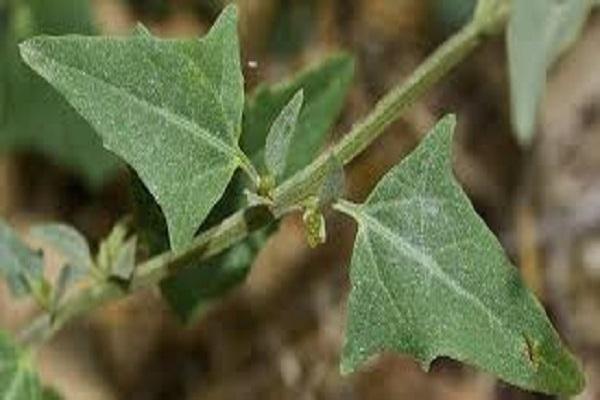
For the heart and blood vessels
The presence of iron in the plant provides a high level of red blood cells and hemoglobin. The high content of potassium and rutin has a beneficial effect on the heart, is the prevention of sclerosis, heart attack, and lowers blood pressure. Fiber promotes the removal of cholesterol, normalizes blood flow.
Used as a styptic. It is used in the form of a decoction, the course of treatment is no more than 2 weeks, after a break - 2 weeks, then a second course.
For the brain and nerves
The presence of copper, zinc, iron in the swan ensures the full functioning of the brain and the entire nervous system. When consumed, fatigue, irritation is removed, depression is prevented. People with Parkinson's disease stop tremors and drowsiness.
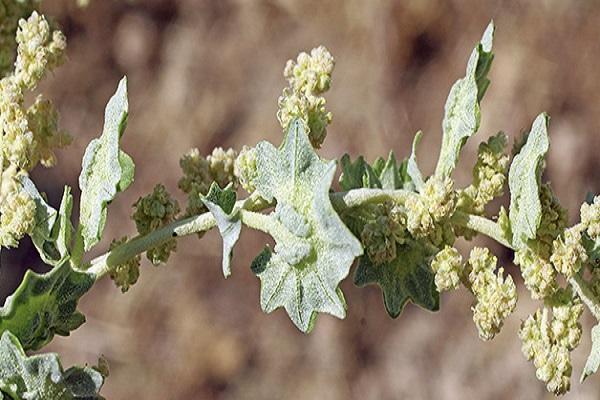
For eyes
The carotenoids and anthocyanins present in the green part of the plant, which prevent the formation of macular degeneration, provide eye health.
For bronchi
Infusion, a decoction of the green part of the quinoa helps to eliminate inflammation in the oral cavity (gums and throat), eliminates an unpleasant odor, is used to treat the throat, in diseases of the upper respiratory tract, bronchi, since it has an expectorant, antitussive effect. The broth liquefies phlegm, promotes its excretion.
For the digestive tract
With the correct use of fresh leaves and broth, the work of the digestive tract improves. Quinoa helps to eliminate constipation, cleanse the body, improve liver function, and has an antispasmodic effect. It is consumed in the form of juice and fresh leaves.

For kidneys and bladder
The plant is a diuretic, it stimulates urination, improves kidney function, removes excess water, salt, toxins.
For the reproductive system
Quinoa has a beneficial effect on the female body. It has antispasmodic properties and relieves menstrual pain.
For skin
Thanks to its antioxidant properties, the plant slows down the aging process, which is reflected in the skin. Stimulates collagen production, activates regeneration processes in the body. It has a wound-healing, bactericidal effect, relieves inflammation.

For immunity
Quinoa has a tonic effect: it increases immunity, cleanses from toxins, and neutralizes free radicals. The blood-purifying properties of the plant are known. The effectiveness is checked by a blood test.
Applications
Due to its taste and medicinal properties, the plant is widely used.
In cooking
The garden type is most often used. It is consumed young, before flowering. Mashed potatoes, omelets, soups, cabbage soup are prepared from the leaves scalded with a boiling liquid, and used as a filling in pies. Fresh quinoa is added to salads.
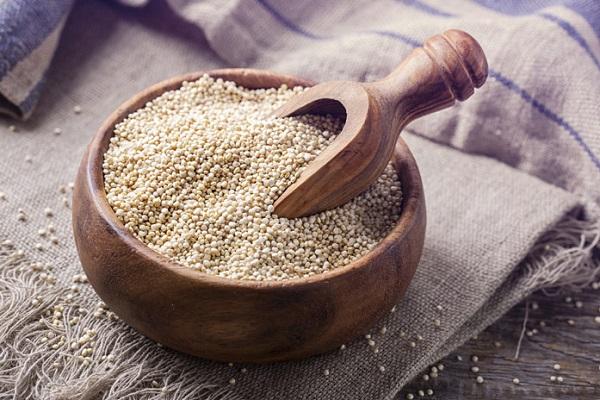
Young shoots with leaves can be fermented, like cabbage is cooked. The seeds are gluten-free and are used to make cereals. After consumption, the feeling of satiety persists for a long time.
The plant has gained great popularity in the vegetarian menu and with weight loss. Due to the high protein content, the feeling of fullness remains for a long time, the body receives important vitamins, elements and valuable compounds.
In folk medicine
The medicinal qualities of the plant are used in folk medicine (traditional medicine does not use them), to prevent the development of various types of diseases and their treatment. In addition to the above diseases, it is used for diabetes, obesity. Take in the form of infusions, decoctions, juice.
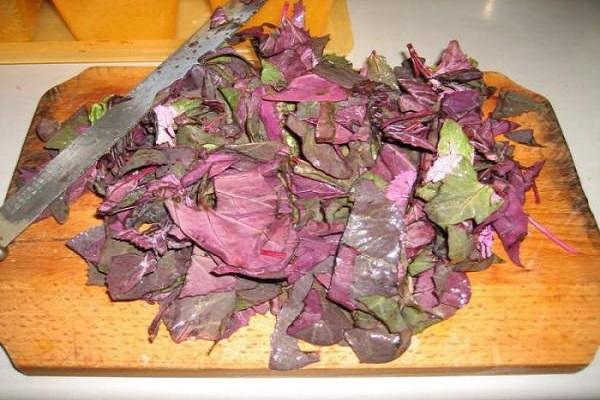
Side effects, contraindications
Despite the described positive effect, the plant has a number of contraindications for use:
- chronic lesions of the digestive system;
- urolithiasis disease;
- bleeding tendency, poor blood clotting.
Excessive consumption of pure seeds can be harmful. It provokes an upset stomach of a prolonged nature, attacks of nausea, vomiting, diarrhea, skin rashes. In some cases, the risk of gastritis and stomach ulcers increases.
For your information! Quinoa is a strong allergen. Some allergy-prone people develop negative pollen symptoms during the flowering period.

Traditional medicine recipes: how to use quinoa
Medicinal plants can be beneficial, but they can also be harmful. It is necessary to take them carefully, adhere to the proportion of preparation of infusions or decoctions, and also follow the course of administration.
Decoction of sprawling quinoa seeds
The seeds of the plant are used to prepare a decoction. Cooking ratio: 15-20 grams per 210 milliliters of water.
For cooking:
- Pour boiling liquid over the seeds. Boil for a quarter of an hour.
- After cooling, drain.
Porridge made from quinoa seeds is similar to buckwheat. It relieves colitis. After 4-5 days of use, constipation disappears, the skin is cleansed. Ground seeds can be added to soups, baking flour. Just before use, it is recommended to soak for 2-3 hours in water to remove the bitterness.
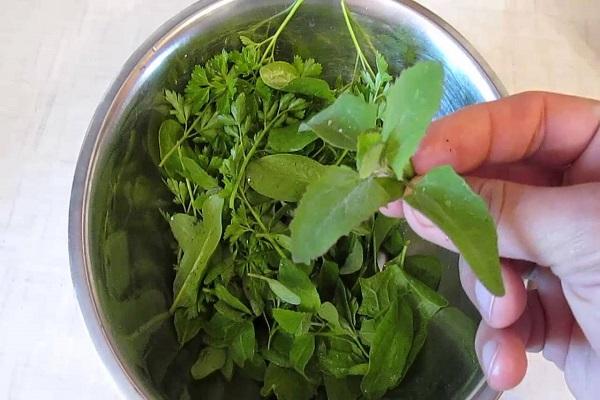
Alcohol tincture of quinoa
It is necessary:
- dry raw materials - 2 tablespoons;
- alcohol - 150 milliliters.
Cooking sequence:
- Place the grass in a dark container, add alcohol.
- Keep in a dark place for two weeks, shaking occasionally.
- Strain through a cloth. Pour into a dark glass bottle, store in a dark place.
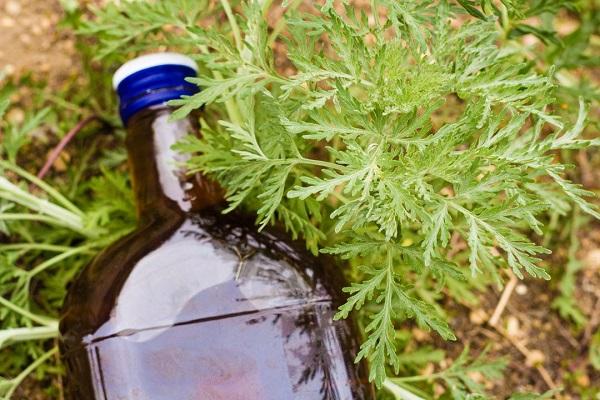
Quinoa juice
To obtain juice, you need to use the stem and foliage of the young quinoa. In order for the juice to separate better, it is recommended to soak the cut parts of the plant for 2-3 hours in cold water. Pass the raw materials through a meat grinder or grind with a blender, then place in a cloth and squeeze.Take 15 milliliters three times a day.
Quinoa juice improves peristalsis, helps cleanse the intestines. When applied externally, it heals wounds. Put the cake from the preparation of juice in a cloth or gauze bag, apply to the wound, use in the treatment of boils.
Steamed quinoa is widely used. It is applied to relieve pain in sciatica, to eliminate signs of puffiness. Fix the compress overnight.

Decoction of herbs
To prepare a decoction from a plant, dry raw materials are used. It is used internally and externally: as a lotion, compresses, gargle. It also helps to get rid of bad breath, if it is not the cause of internal diseases.
- Grind the stems and leaf plates.
- Pour a tablespoon of raw materials with 240 milliliters of boiling liquid, simmer for 15 minutes.
- After cooling, strain, squeeze the cake.
- Consume 40-50 milliliters three times a day.
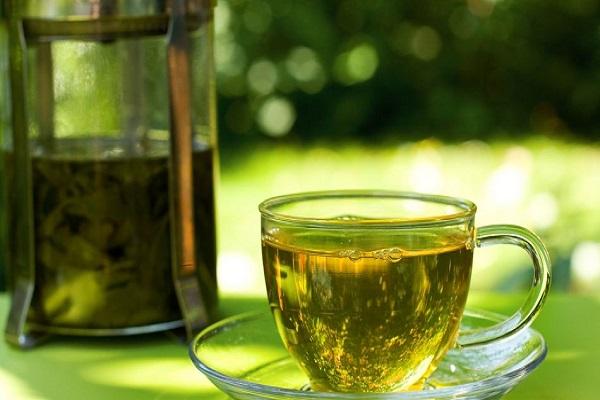
How to collect and store quinoa?
It is recommended to collect raw materials away from the city, busy highways. Quinoa is harvested before the flowering period. It was at this time that the plant is saturated with valuable components, the leaves are especially delicate.
The seeds of the plant also have medicinal properties. They are harvested as they ripen, dried and stored for up to 3 years. Tie and hang mature quinoa branches to facilitate collection. Spread paper or fabric under them. The plant dries up, the seeds crumble.
To preserve its unique qualities, it is necessary to dry the quinoa in a well-ventilated place, without direct sunlight: in the attic, under a canopy. Raw materials are stored in cotton bags or glass containers.
